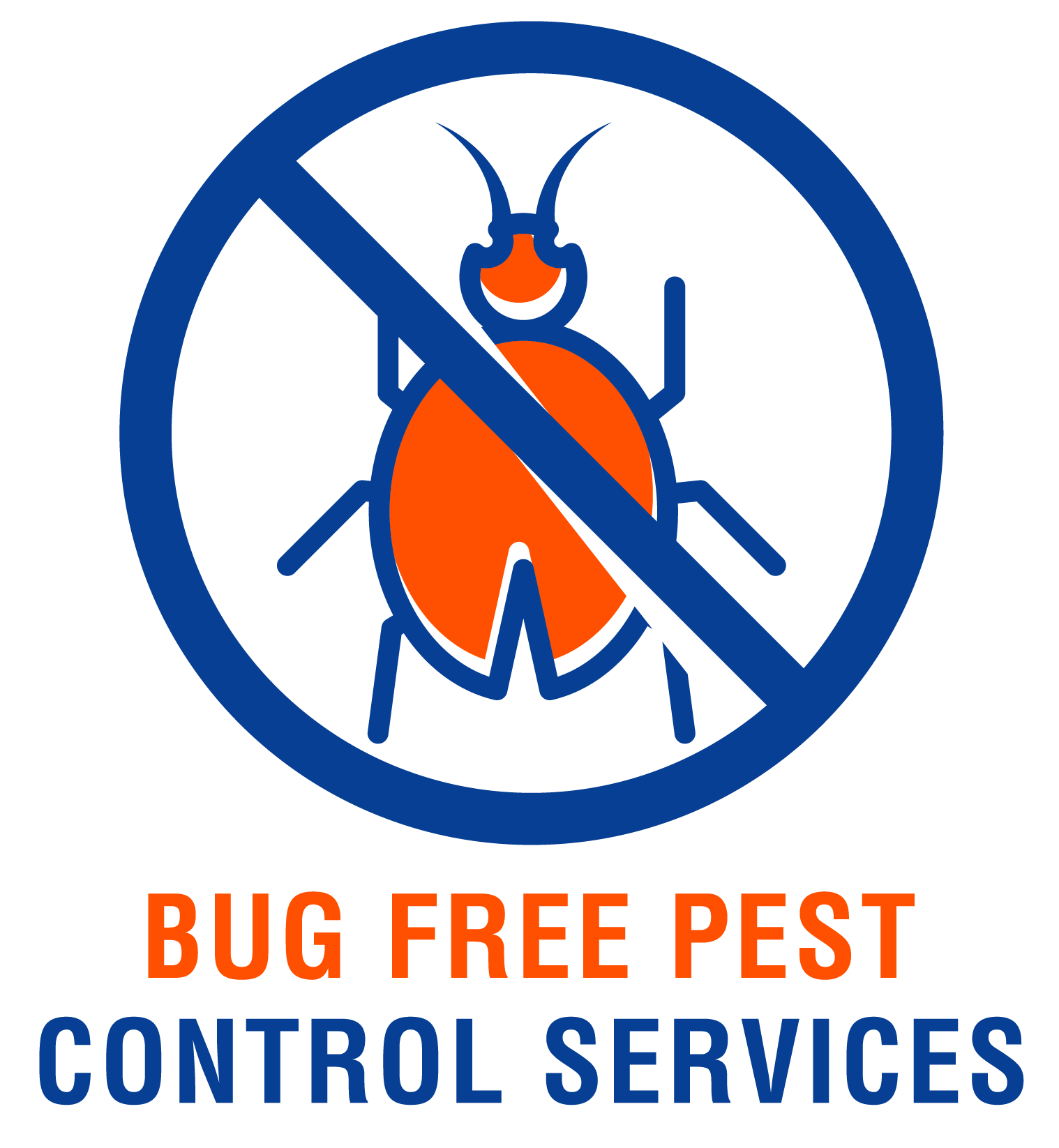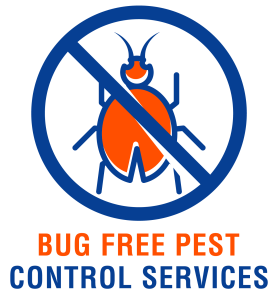Welcome to an informative article on effective strategies for managing pest problems in rental properties. It can be challenging to deal with pests such as rodents, insects, and other unwanted critters in rental units. However, with the right approach and prevention methods, you can ensure a pest-free environment for your tenants. Let’s explore some practical tips and tricks to help you tackle pest issues head-on and maintain a healthy living space for your residents.
Have you been struggling with pest problems in your rental property?
Pests can be a serious issue for rental property owners and tenants alike. Whether it’s ants, roaches, mice, or bed bugs, dealing with pests can be a frustrating and time-consuming process. Fortunately, there are effective strategies you can implement to manage pest problems in your rental properties. In this article, we’ll discuss various methods and techniques you can use to keep pests at bay and maintain a pest-free environment for your tenants.
Understanding Common Pest Problems in Rental Properties
The first step in effectively managing pest problems in rental properties is to understand the types of pests that are commonly found in these settings. Some of the most common pests that rental property owners may encounter include:
- Ants: Ants are small insects that can quickly infest a property and become a nuisance to tenants.
- Roaches: Roaches are resilient pests that can carry diseases and contaminate food and surfaces.
- Mice: Mice are rodents that can cause damage to property and pose a health risk to tenants.
- Bed Bugs: Bed bugs are tiny insects that feed on blood and can cause itchy bites and allergic reactions.
By identifying the specific pest problems you are dealing with, you can develop targeted strategies to address them effectively.
Conducting Regular Inspections
One of the most important strategies for managing pest problems in rental properties is to conduct regular inspections. Regular inspections allow you to identify pest infestations early on and take action before the problem worsens. When conducting inspections, be sure to check for signs of pests such as droppings, nests, chewed wires or wood, and strange odors.
Regular inspections can help you catch pest problems early and prevent them from becoming a major issue for your rental property.
Implementing Proper Sanitation Practices
Proper sanitation is key to preventing pest problems in rental properties. Pests are attracted to food and water sources, so keeping your property clean and free of clutter can help deter them from taking up residence. Be sure to:
- Regularly clean common areas: Kitchens, bathrooms, and common areas should be cleaned regularly to remove food crumbs, spills, and other attractants.
- Dispose of garbage properly: Ensure that garbage is disposed of in sealed containers and taken out regularly to prevent pests from being attracted to the smell.
- Fix leaks: Leaky plumbing can create water sources for pests, so be sure to promptly repair any leaks to prevent infestations.
By implementing proper sanitation practices, you can create an environment that is less hospitable to pests.
Using Pest-Resistant Building Materials
When renovating or upgrading your rental property, consider using pest-resistant building materials. These materials are designed to deter pests and can help prevent infestations from occurring. Some common pest-resistant building materials include:
- Vinyl siding: Vinyl siding is a durable and low-maintenance option that is resistant to damage from pests like termites.
- Metal roofing: Metal roofing is resistant to pests such as birds, rodents, and insects that can damage traditional shingles.
- Composite decking: Composite decking is resistant to rot, mold, and pests, making it a low-maintenance option for outdoor spaces.
By using pest-resistant building materials, you can reduce the risk of pest infestations and minimize the need for pest control measures.
Sealing Entry Points
Pests can enter a rental property through small cracks, crevices, and gaps in the building structure. To prevent pests from gaining access to your property, be sure to seal entry points and secure potential access points. Some common entry points to seal include:
- Gaps around doors and windows: Use weather stripping or caulk to seal gaps around doors and windows to prevent pests from entering.
- Cracks in walls: Repair cracks in walls and foundations to prevent pests from gaining access to your property.
- Vents and exhausts: Install screens over vents and exhausts to prevent pests from entering through these openings.
By sealing entry points, you can make it more difficult for pests to invade your rental property and create a pest-free environment for your tenants.
Implementing Integrated Pest Management (IPM) Techniques
Integrated Pest Management (IPM) is a holistic approach to pest control that focuses on using a combination of methods to manage pest problems effectively. Some key components of IPM include:
- Identifying pests: Thoroughly inspect your property to identify the types of pests present and the extent of the infestation.
- Monitoring pests: Keep track of pest populations and trends to determine the most effective control methods.
- Preventing pests: Implement preventive measures such as proper sanitation, sealing entry points, and using pest-resistant building materials to deter pests.
- Controlling pests: Use a combination of non-chemical and chemical control methods to manage pest infestations effectively.
By implementing IPM techniques, you can create a comprehensive pest management plan that is tailored to the specific needs of your rental property.
Working with Professional Pest Control Services
In some cases, managing pest problems in rental properties may require the assistance of professional pest control services. Pest control professionals have the knowledge, experience, and tools to effectively manage pest infestations and ensure the safety of your tenants. When working with professional pest control services, be sure to:
- Research reputable companies: Choose a pest control company with a good reputation and positive reviews from past clients.
- Communicate with tenants: Inform your tenants about the pest control services being provided and any necessary precautions they may need to take.
- Follow up: After pest control treatments are completed, follow up with your tenants to ensure that the pest problem has been resolved satisfactorily.
By working with professional pest control services, you can effectively manage pest problems in your rental properties and create a healthy living environment for your tenants.
Maintaining Open Communication with Tenants
Open communication with tenants is essential for effectively managing pest problems in rental properties. When tenants are informed about pest control measures being taken and encouraged to report any pest sightings promptly, you can address pest problems quickly and prevent them from becoming a major issue. Be sure to:
- Provide information: Educate your tenants about common pests, how to prevent infestations, and what to do if they encounter pests.
- Respond promptly: Take tenant reports of pest problems seriously and respond promptly to address the issue.
- Schedule regular inspections: Conduct regular inspections of rental units to monitor for pest problems and take preventive measures as needed.
By maintaining open communication with tenants, you can work together to create a pest-free environment that is safe and comfortable for everyone.
Conclusion
Managing pest problems in rental properties requires a proactive and strategic approach. By understanding common pest problems, conducting regular inspections, implementing proper sanitation practices, using pest-resistant building materials, sealing entry points, implementing IPM techniques, working with professional pest control services, and maintaining open communication with tenants, you can effectively manage pest infestations and create a healthy living environment for your tenants. Remember, prevention is key when it comes to pest control, so be proactive in addressing pest problems before they become a major issue. With the right strategies in place, you can keep pests at bay and maintain a pest-free rental property for years to come.


